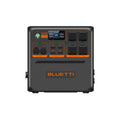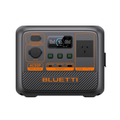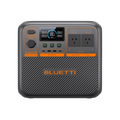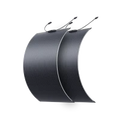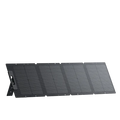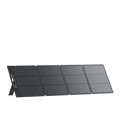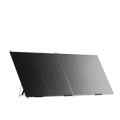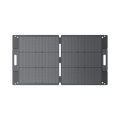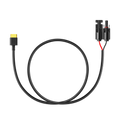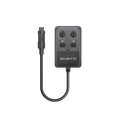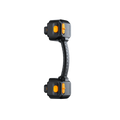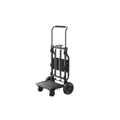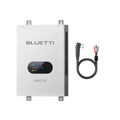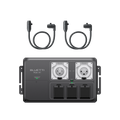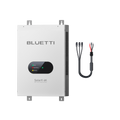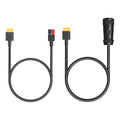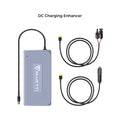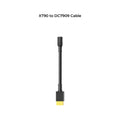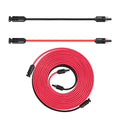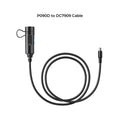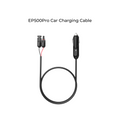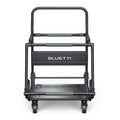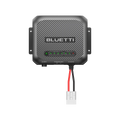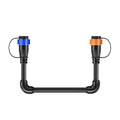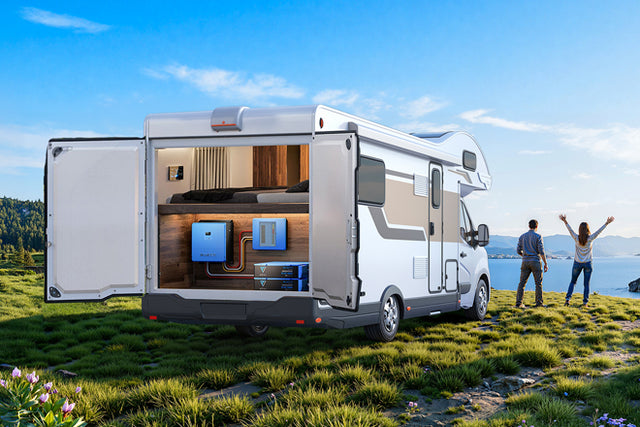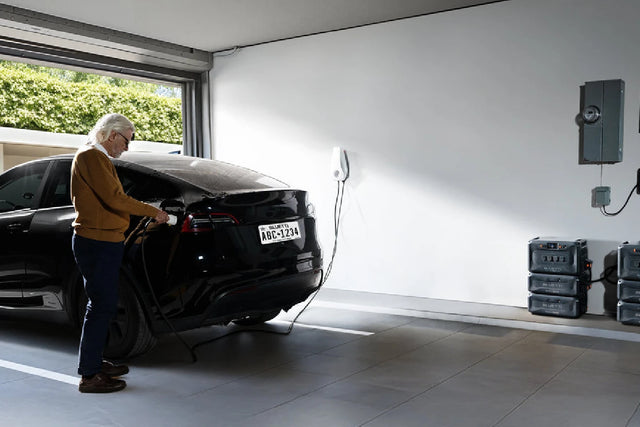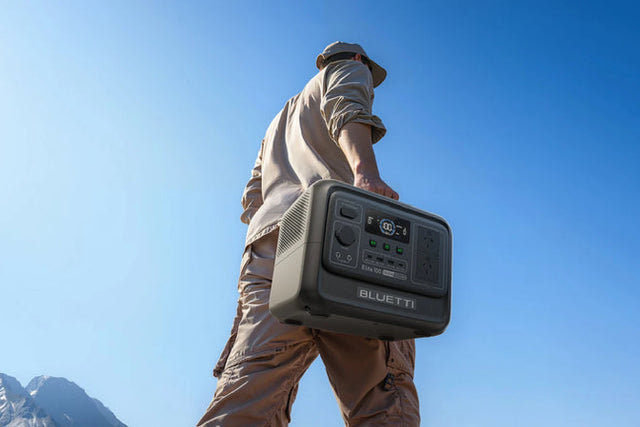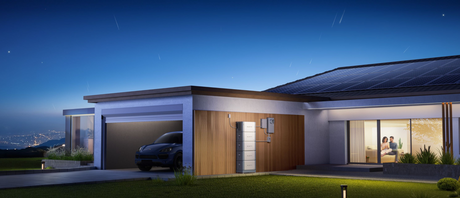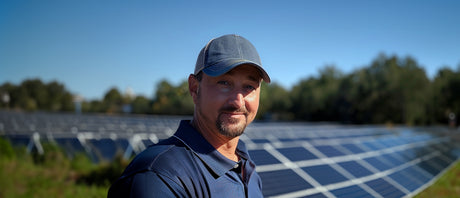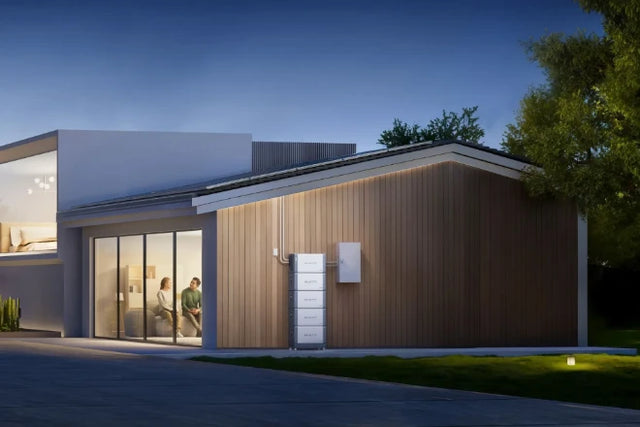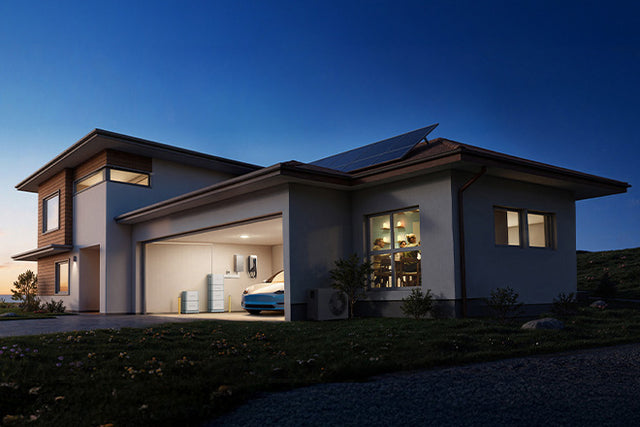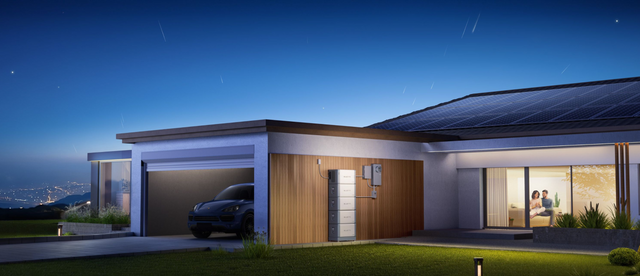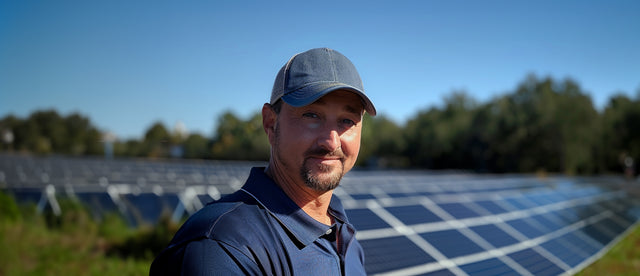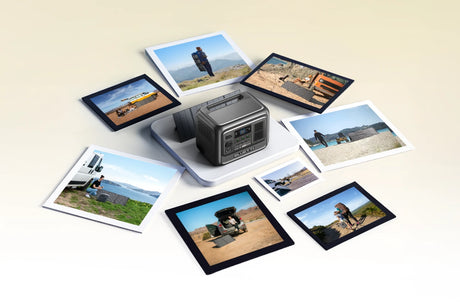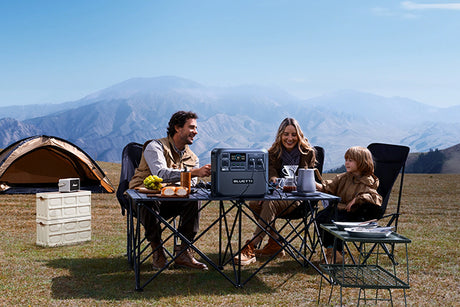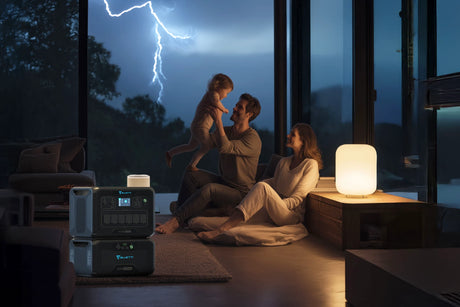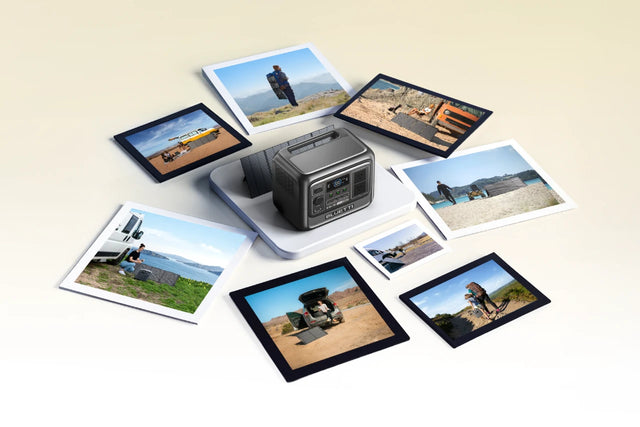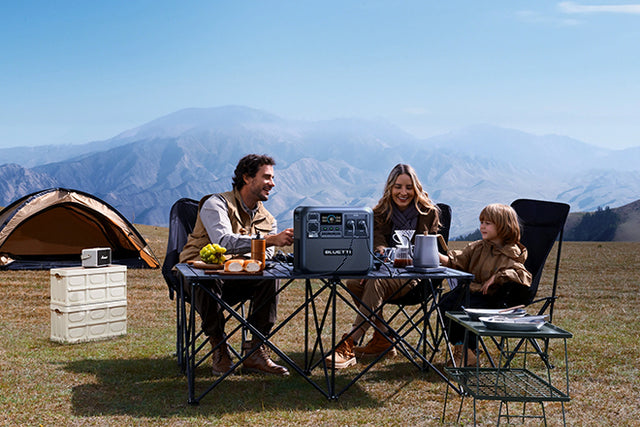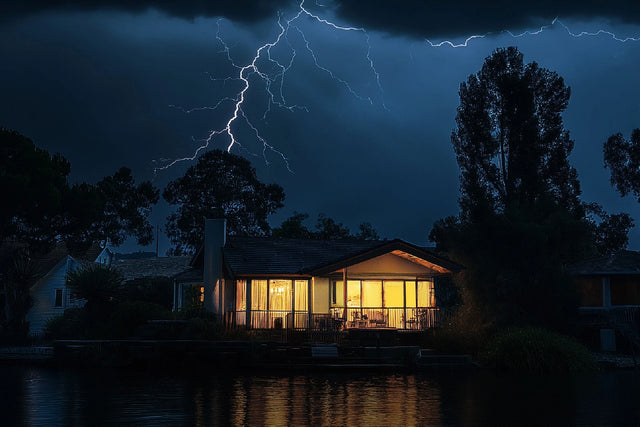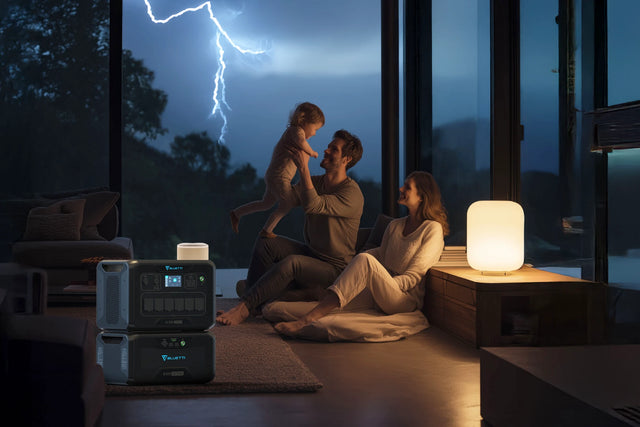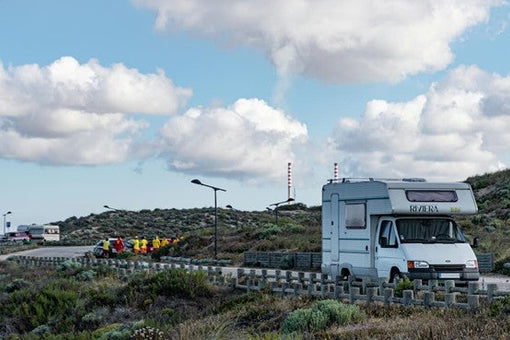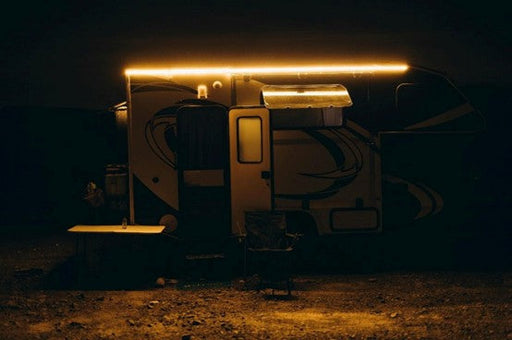In the last few years, renewable energy has been gaining popularity in Australia to minimise the effects of climate change due to fossil fuels. To protect our environment, renewable energy plays a crucial role while generating electricity for houses, factories, businesses, etc.
Wind, hydro, and solar are among Australia's primary forms of renewable energy. However, bioenergy in many states of the country also has great potential. This helps reduce greenhouse gas emissions by increasing energy efficiency and electrification.
In 2022, 32% of total electricity was generated from renewable energy sources in Australia. Now, people are using small-scale and large-scale solar power for various needs.
Why is Australia perfect for renewable energy?
Thanks to Australia’s extraordinary geography and climate that makes it the perfect landscape for renewable energy. The country witnesses shining sunlight all year round, and you can use it to generate electricity using solar panels. This is especially popular in regions like Queensland and Western Australia.
Moreover, the country's extensive coastlines and open landscapes make it a wind energy paradise. Wind farms take advantage of consistent winds to generate electricity. It's like capturing the invisible, powerful breeze to create sustainable energy. According to the Clean Energy Council, in 2019, Wind was the leading source of energy in Australia and overtook the hydropower.
Let’s find out more about renewable energies in Australia!
Different Types of Renewable Energy in Australia
Australia's promise to lessen its carbon footprint and promote renewable energy. Here are the different types of renewable energy in Australia:
Solar energy
Solar power is Australia's fastest-growing renewable electricity source. It is a type of energy that comes from sunlight. Using solar panels, you can convert the sunlight to electricity to use for various purposes. Australia boasts some of the world's best solar resources. It reduces grid electricity use at peak times when prices spike, saving money on utility bills. Moreover, solar energy helps lower carbon footprint, which makes it the best greener energy.
There are many companies that sell high-quality solar systems to use at home, work, travel, etc. For example, you can buy a BLUETTI ELite 200 V2 solar kit to store and generate solar power for your electric equipment. It is packed with 2048Wh ultra-durable LFP cells and a 2,200W full-power pure sine wave inverter. This is the best solar kit for off-grip or travel.

The best part is that you can store solar energy in solar batteries to use during winter, rainy days, at night, etc. BLUETTI offers the best and most affordable solar battery backup systems, such as BLUETTI AC300 + B300K, for your everyday use.
Wind energy
Australia uses wind energy to generate electricity on a large scale. The sun heats the Earth, causing warm air to rise near the coastline or in the open landscape of the country. The difference in air causes the wind to blow, and wind turbines convert it into electricity. Australia has increased its commitment to wind energy because of environmental concerns.

The country also wants to reduce reliance on traditional fossil fuels. Wind farms are now prominent features in regions like South Australia and Victoria. Also, the construction and maintenance of wind farms create job opportunities, supporting local communities. As technology gets better, wind energy keeps changing too. It's now more efficient and budget-friendly to use for everyone.
Geothermal
Geothermal energy harnesses the inherent heat of the earth to generate power. It's an established technology that accounts for approximately 7% of Australia's electricity output. Australia boasts one of the world's finest geothermal resources. It contains vast deposits of high-heat-producing granite buried deep underground. This granite can produce significant electricity, with a potential power production of 120mW/m2.
Hot springs attract tourists and health seekers. They offer one example of geothermal energy. It can be harnessed directly for space, water, and swimming pool heating systems. Furthermore, geothermal heating/power plants (GSHPs) connected to the grid enable buildings to run solely on renewable power. They don't need batteries or backup systems for operation.
Another form of geothermal energy is a steam turbine power plant. It captures steam from below-surface wells to drive a generator and produce electricity. This type of geothermal power station can replace fossil fuel power stations more efficiently than ever.
Biofuels
Biofuels involve efficient extraction of clean and emission-free electricity from biological material such as biomass. This is done by burning biomass or removing its chemical components to make natural gas for boilers. Australia is ideal for developing this form of renewable energy due to the wide variety of biomass. Common Australian bioenergy sources include sugar cane waste (bagasse), landfill gas and sewage gas.
Biofuel plants like the one in Deniliquin, NSW, provide an example of how beneficial biofuels can be to local economies. It is owned by Korean company Dongmun Greentec and is expected to create over 400 construction jobs and 50 operational ones during its lifespan in Deniliquin alone.
Hydro energy
Hydropower is one of Australia's oldest ways to make electricity for commercial and residential use. It uses the force of moving water to create electricity. Hydropower gives out power that can be used to light homes or whole areas for months, even seasons. It comes from water pushed upwards in systems like pumped storage ones, then let loose again.

Australia has around 100 operating hydroelectric power stations. They are mostly located in areas with high rainfall and elevation, such as New South Wales and Tasmania. Snowy Mountains Hydroelectric Scheme. The electricity produced from water depends upon the height of the water, the size of the turbine, and the water’s flow rate. Most hydropower plants need to be situated near running water, like lakes and rivers.
Conclusion
Australia is a land of renewable sources, including sunlight, wind, biomass, and water. All this makes it the perfect place to harness these resources for generating clean and green energy. Australia is moving toward a cleaner future with less harm or damage to nature.
You can opt for solar panels or solar systems to power your house, commercial space, and other buildings. This saves you a lot of money and helps you reduce your carbon footprint. You can also take advantage of bioenergy, which comes from living things like plants and animals, makes everything green and lasts longer. In addition, there are wind power and hydropower plants that generate electricity for various states of Australia. To save our environment, we need to shift towards eco-friendly energy that causes no pollution or releases any harmful gases.
FAQs
1. Is Australia dependent on renewable sources?
The Australian government has implemented strategies to ensure that 50% of energy comes from renewable sources by 2030. The country has wind energy, solar energy, biomass, and water that they are using to produce renewable energy for various purposes.
2. Are solar panels affordable in Australia? `
Yes, the sunshine in Australia makes solar panels a good choice that doesn't cost too much. It's also a smart option for people who want to invest in clean energy that lasts. Solar system providers like BLUETTI offer solar panels, solar battery backup, and complete solar systems at affordable prices for generating electricity.
3. What effects do wind farms have on the environment?
Wind farms don't hurt the environment much. But they can hurt local animals, especially birds. There are strict rules in place to reduce these effects. All in all, wind farms help create a green energy that reduces carbon footprint and utility bills as well.
4. Can I use solar power without being connected to the grid in Australia?
Absolutely! You can choose solar power that fulfils your electricity needs, and then you don’t need to be connected to the grid. In case extra solar energy is generated, you can store it in solar batteries to use in winter or during the rainy season. Moreover, you can get portable solar systems from companies like BLUETTI to enjoy free electricity in remote areas or while travelling.
5. Is Australia putting money into research for new renewable methods?
Yes, Australia is putting money into research and development. They are looking into and using new renewable technologies that are coming up. This will ensure a mix of different and long-lasting energy sources.
6. How is Australia addressing the intermittent nature of renewable energy sources?
Advanced energy storage technologies like solar batteries can be used to fix the issue of renewable sources not working in winter. In this way, you can use the energy when there is no sunlight or wind to power your house.
7. Is there support from the government for switching to clean energy in Australia?
Yes, government giveaways like rebates and help with money for people investing in renewable energies. There are many government schemes too that support renewable energy in Australia. This motivates people to shift toward green energy.


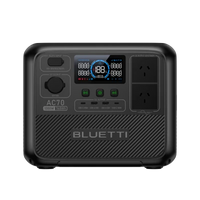
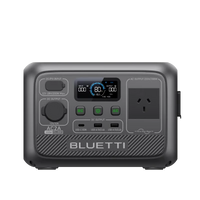
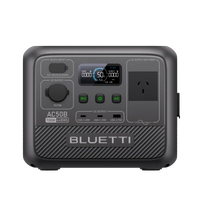

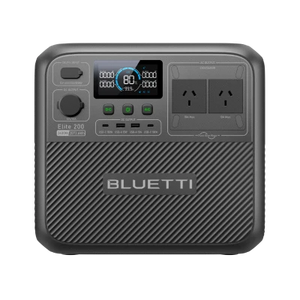
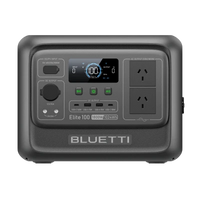
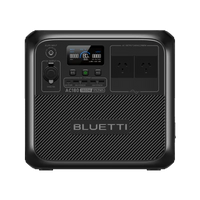
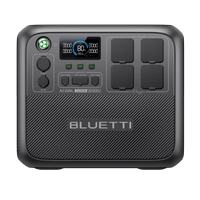
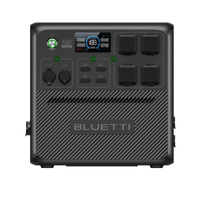
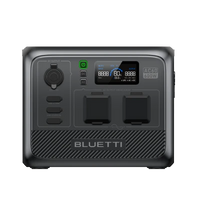
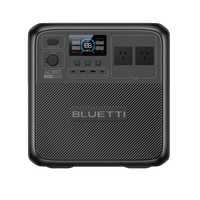


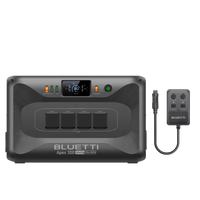

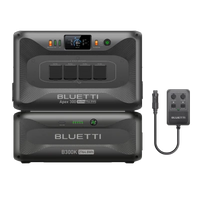
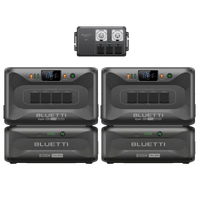
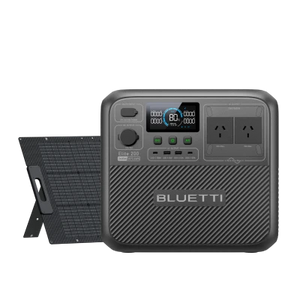
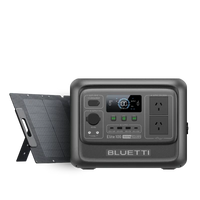
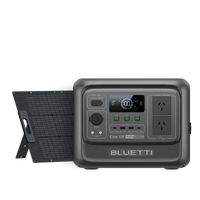
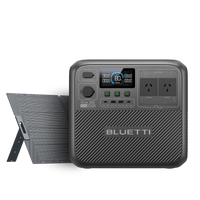
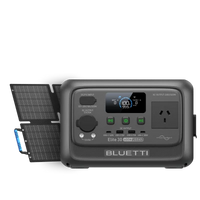
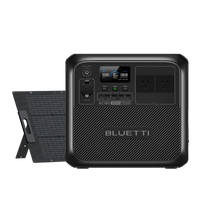
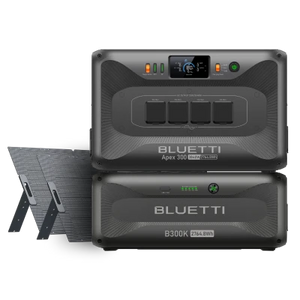
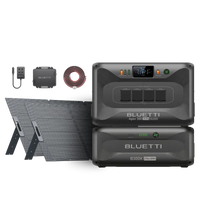
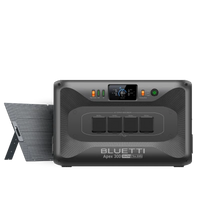
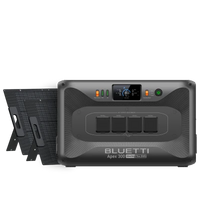
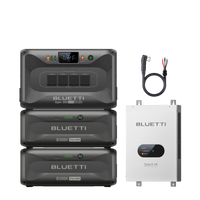

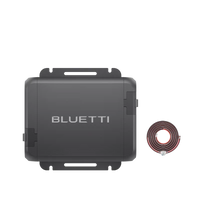
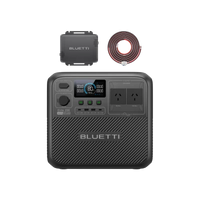
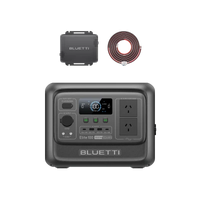
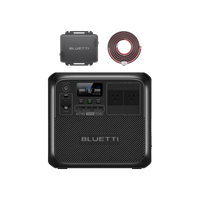
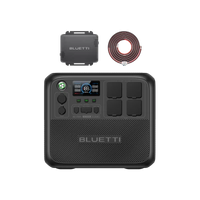
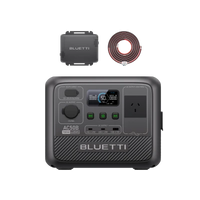
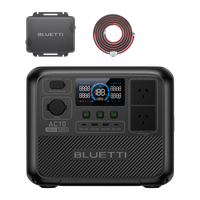


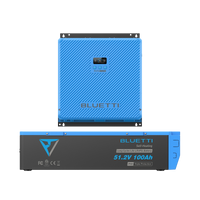
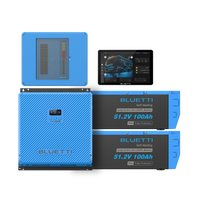
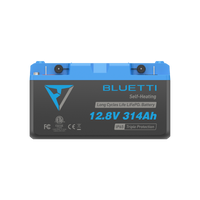
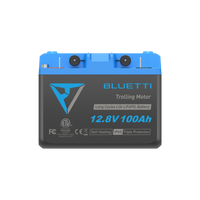
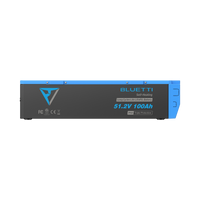
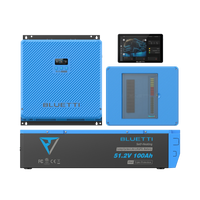
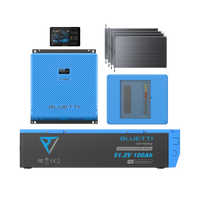
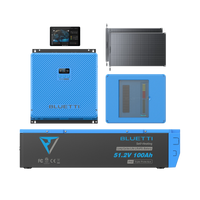
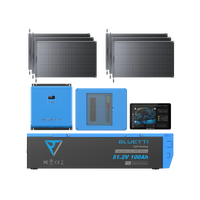

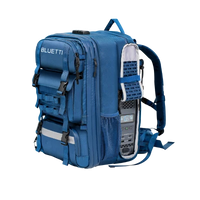

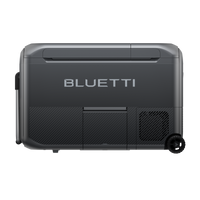
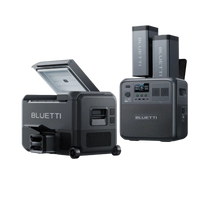
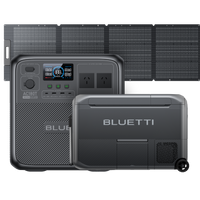
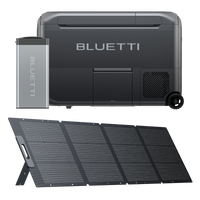
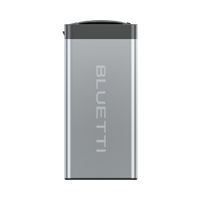
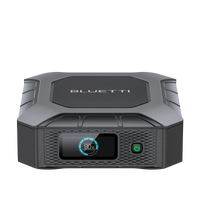
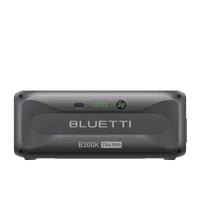

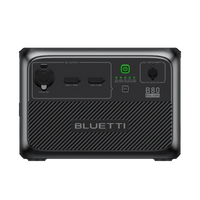
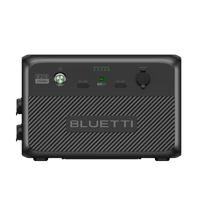

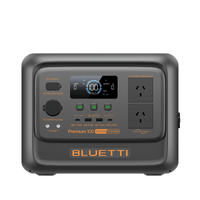
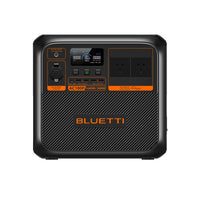

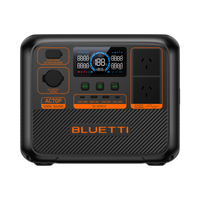
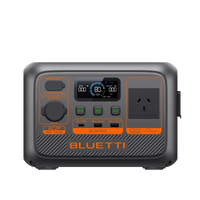
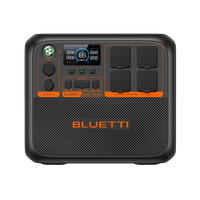
![[Phased Out] BLUETTI B80P Expansion Battery | 806Wh](http://www.bluettipower.com.au/cdn/shop/files/202310025B80P_2000-2000px_4_4caa0c1c-4dab-4272-9e9b-2b7507e5bd81.jpg?v=1713777870&width=200)
![[Phased Out] BLUETTI B210P Expansion Battery | 2,150Wh](http://www.bluettipower.com.au/cdn/shop/files/2_08cf9ef3-03a4-4489-b641-d3edb8094896.webp?v=1716016566&width=200)
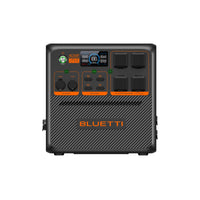
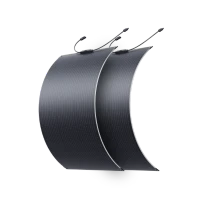
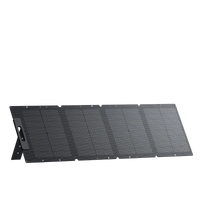
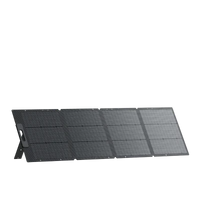
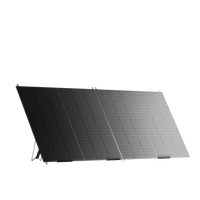

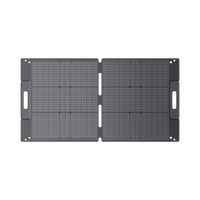

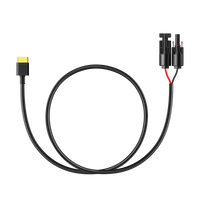
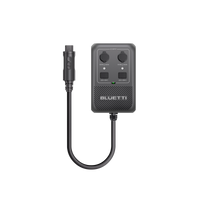
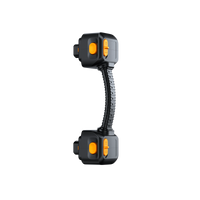
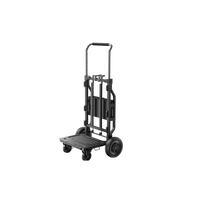
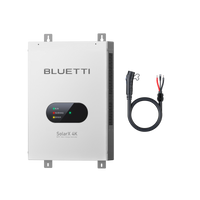
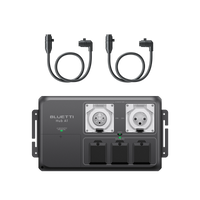
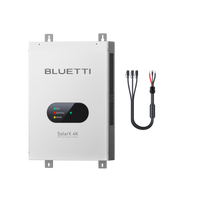
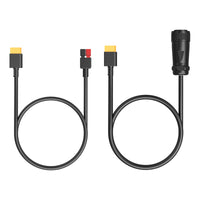
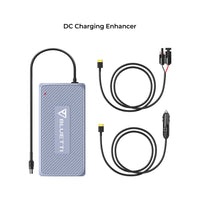

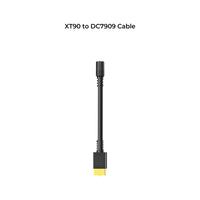
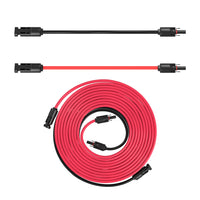
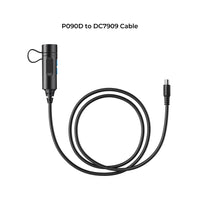
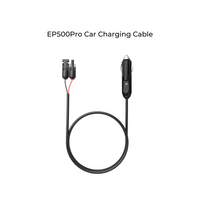
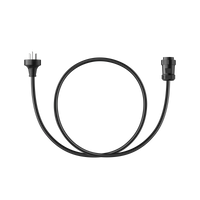
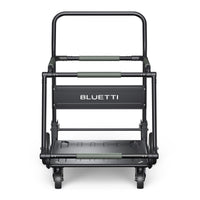
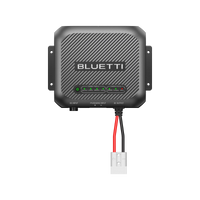
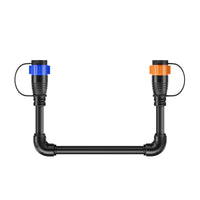



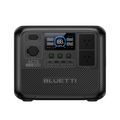
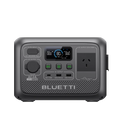
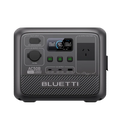


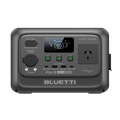
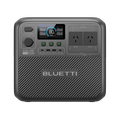
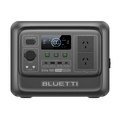
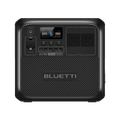
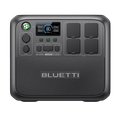
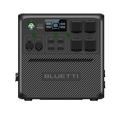
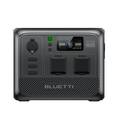
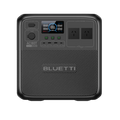


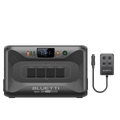

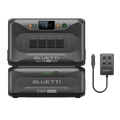
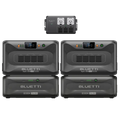




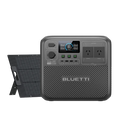
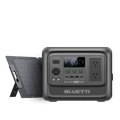
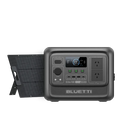
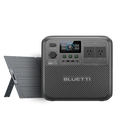
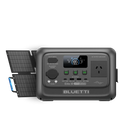
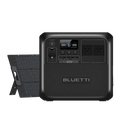
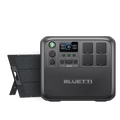
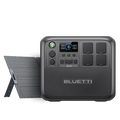




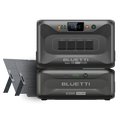
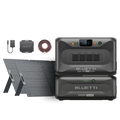
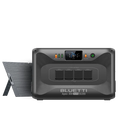
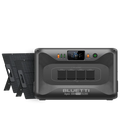
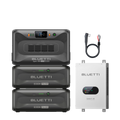


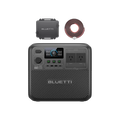
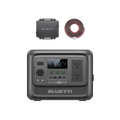
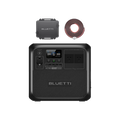
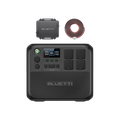
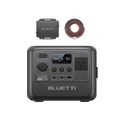
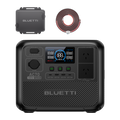
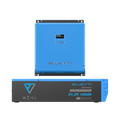
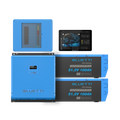
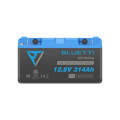
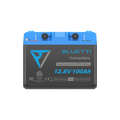

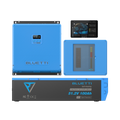


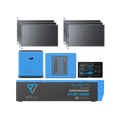
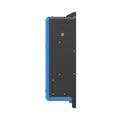




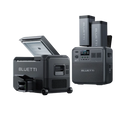
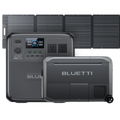
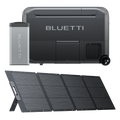
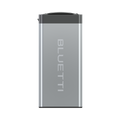
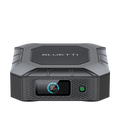
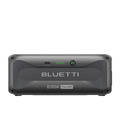

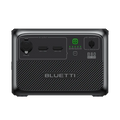
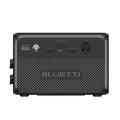


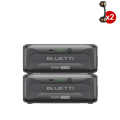
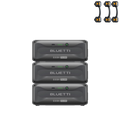




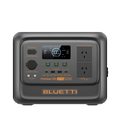
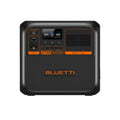

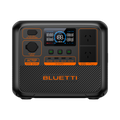
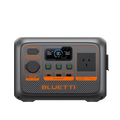
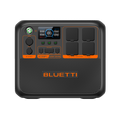
![[Phased Out] BLUETTI B80P Expansion Battery | 806Wh](http://www.bluettipower.com.au/cdn/shop/files/202310025B80P_2000-2000px_4_4caa0c1c-4dab-4272-9e9b-2b7507e5bd81.jpg?v=1713777870&width=120)
![[Phased Out] BLUETTI B210P Expansion Battery | 2,150Wh](http://www.bluettipower.com.au/cdn/shop/files/2_08cf9ef3-03a4-4489-b641-d3edb8094896.webp?v=1716016566&width=120)
